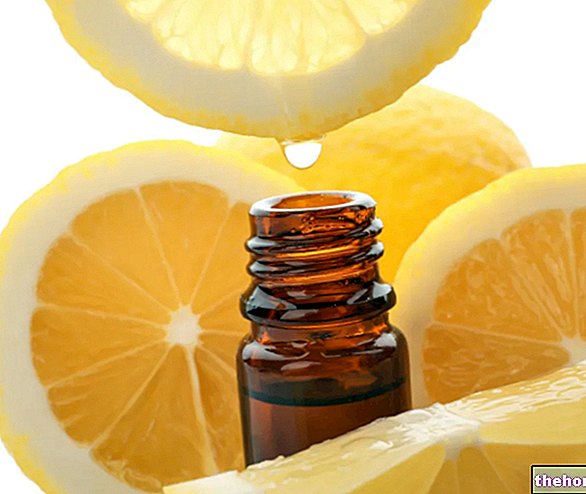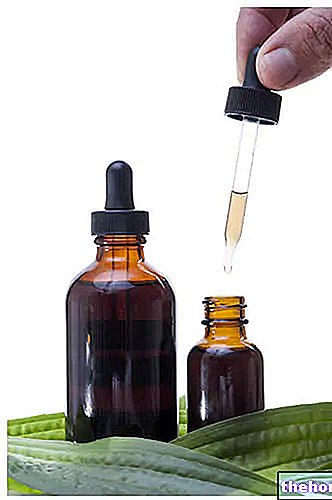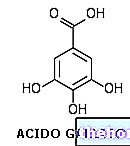
9 species originating from the temperate zones of North America belong to the genus Echinacea, family of the Composite Tubuliflorae; those of health interest are three: Echinacea pallida, Echinacea angustifolia and Echinacea purpurea.

Echinacea species are also grown in Europe. The drug, cited by FUI (official Italian pharmacopoeia), consists of the root, but sometimes the whole plant is also used in herbal and cosmetic fields. In any case, of the echinacea we consider the drug proper, that is the dried hypogeal part, in whose phytochemical composition there are three categories of chemical classes:
- lipophilic fraction: contains the typical components of essential oil (mono and sesquiterpenes) with low molecular weight and polyacetylene compounds, with high molecular weight, with double or triple bonds.
- Fraction of medium polarity: containing phenylpropanoid glycosides, among which echinacoside, flavonoids, cinnamic acid, quinic and caffeic acid; they are all derivatives of cinnamic acid, glycosylated and with low molecular weight. The beneficial properties of echinacea were attributed to this fraction, soluble in alcohol or in hydroalcoholic mixtures, so much so that echinacoside is a specific marker to define the commercial title of the drug, or its quality from a functional point of view.
- Hydrophilic fraction: containing heteropolysaccharides and inulins or fructans (homogeneous fructose polysaccharides), which are accumulated in the vacuoles as a complementary reserve to the starch; they are typical of specific botanical families, such as the Composite, the Campanulace and the Xantalaceae.
The main activities attributed to the drug concern the immunostimulating action, due not so much to the echinacoside (as was believed in the past), but to the hydrophilic fraction. Echinacea is considered an adaptogenic drug: this term refers to those drugs that stimulate the body to react under certain stressful conditions. There are different categories of adaptogenic drugs, Echinacea belongs to the category of immunostimulating adaptogenic drugs. Herbal products based on echinacea are therefore recommended for seasonal changes and the first flu symptoms.
Echinacea, like all drugs that stimulate the reactivity of the immune system, is not recommended for people suffering from autoimmune diseases, or in cases of overactivity of the immune system.
Antiviral and antioxidant properties are also ascribed to Echinacea, delegated to the medium polarity fraction. Echinacea also has secondary actions - which however do not characterize it - consisting of sedative, antibacterial, antifungal and vulnerary action.
Other articles on "Echinacea: properties"
- Drugs characterized by the presence of active ingredients deriving from the scichimic acid pathway
- Pharmacognosy
- Bearberry - Arbutina -




























